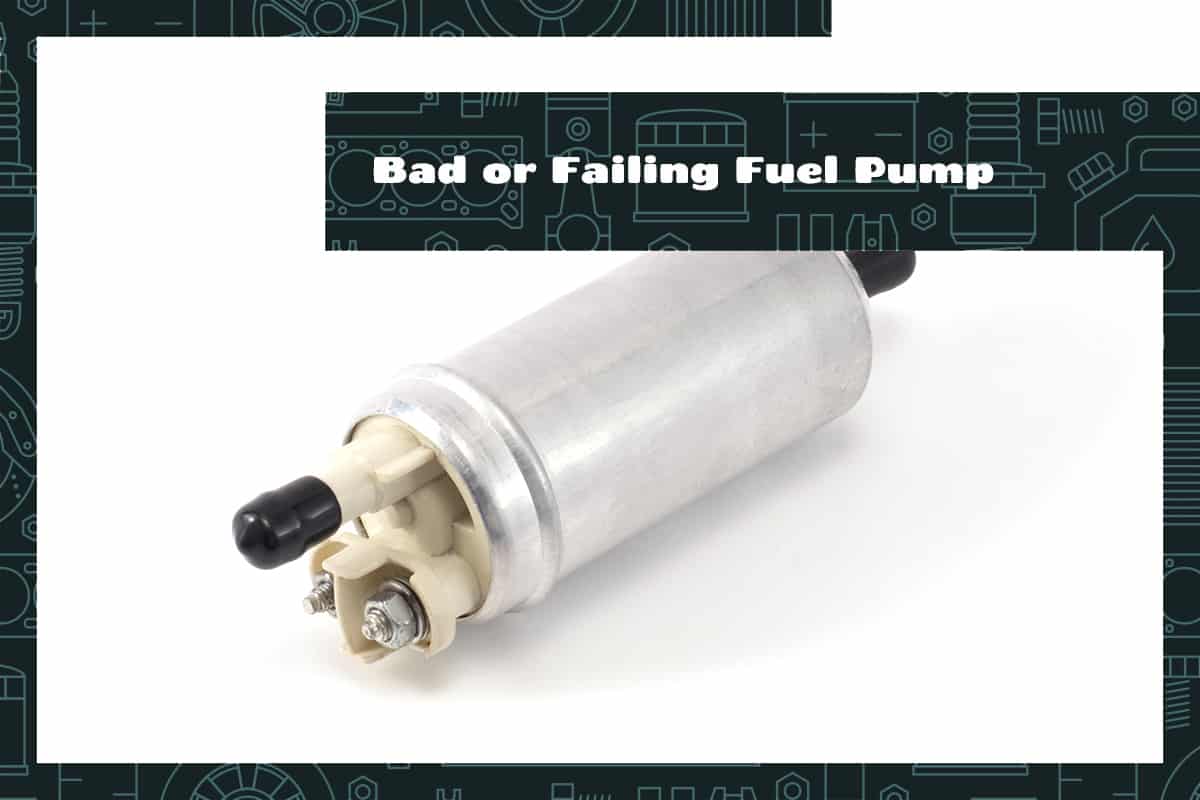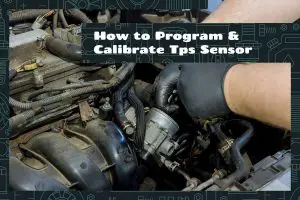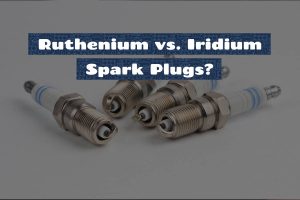Fuel pumps are responsible for delivering fuel from the tank to the engine. When a fuel pump functions correctly, it largely goes unnoticed. However, when it begins to fail or performs poorly, the signs are unmistakable and can greatly impact your vehicle’s performance.
Typical symptoms of a failing fuel pump include:
- Difficulty in starting the engine
- A sputtering or stalling engine
- Decreased fuel efficiency
- Unusual noises coming from the fuel tank
- Power loss under stressful driving conditions
This article is designed to offer a comprehensive guide to understanding fuel pump problems. It will cover a range of topics, including common causes of fuel pump failure and what you can do to address the problem.
Introduction to Fuel Pumps
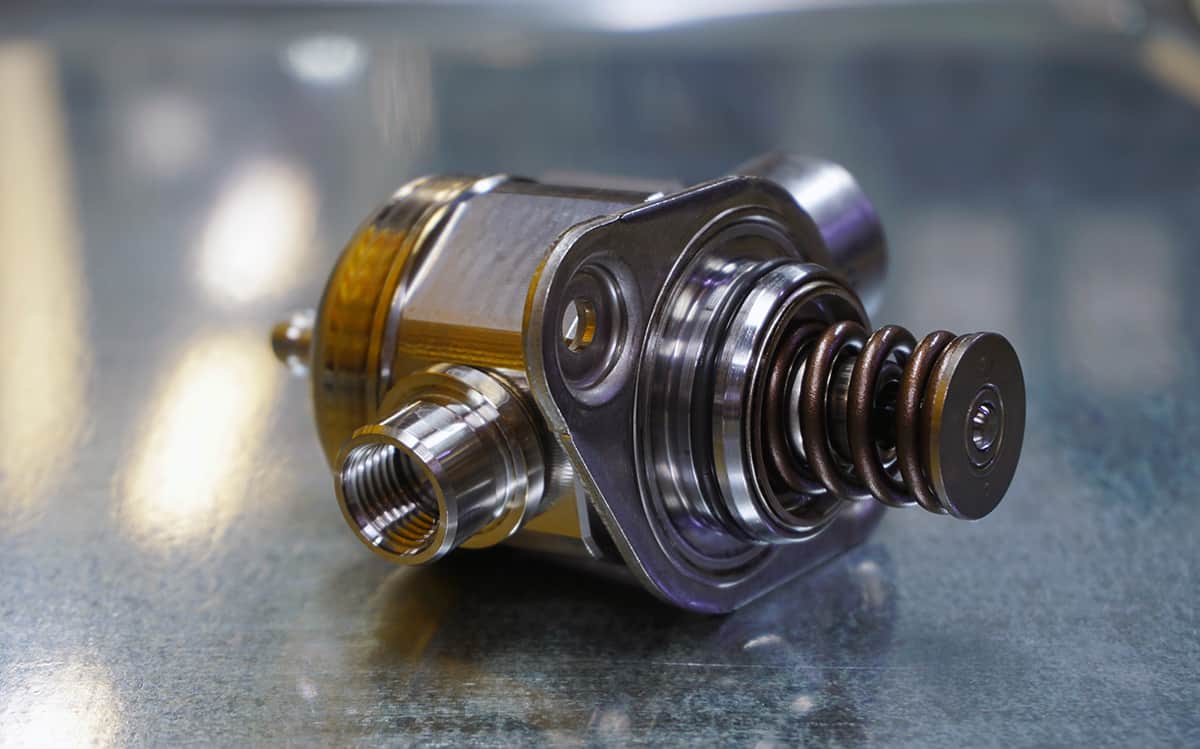
The fuel pump pumps fuel from the gas tank to the engine, facilitating the internal combustion process that powers your vehicle. Positioned inside or near the fuel tank, the fuel pump pressurizes the fuel system to ensure a consistent supply of fuel to the engine’s injectors. This efficient delivery of fuel is vital for the overall performance and functionality of your vehicle.
Without a properly working fuel pump, your car engine can’t receive the right amount of fuel at the correct pressure, which can lead to a variety of problems. The fuel pump serves two critical functions:
- Fuel Delivery: The fuel pump draws fuel from the tank and delivers it to the engine. The engine then mixes the fuel with air, combusts it, and transforms it into the energy that moves your car.
- Pressure Regulation: Apart from delivery, the fuel pump is responsible for maintaining the right pressure in the fuel system. The correct fuel pressure is necessary for your engine’s injectors to spray a precise amount of fuel into the engine at the right time.
Causes of Fuel Pump Failure
The fuel pump is a crucial part of your car but can break down or start to fail. Knowing why a fuel pump might stop working properly can help you avoid a lot of trouble and keep your car running smoothly.
- Wear and Tear: Over time, the parts inside the pump can wear out from constant use. This wear and tear can cause the pump to stop working correctly.
- Contaminants in Fuel: Sometimes, dirt or other particles can get into the fuel and damage the pump. This may be the result of placing foreign objects inside the gas tank.
- Heat and Vibration: Heat from the engine and vibrations while driving can also damage the fuel pump over time.
- Running on Low Fuel: Electric fuel pumps use gasoline for cooling and lubrication. If you frequently drive your car with a low fuel level, it can cause the pump to overheat and fail.
- Poor Electrical Connections: Bad wiring or faulty electrical connections can cause your fuel pump to stop working.
- Clogged Fuel Filter: A clogged fuel filter puts extra strain on the pump, causing it to work harder and eventually wear out.
Symptoms of a Bad or Failing Fuel Pump
If you pay close attention, you might be able to catch the signs of a failing fuel pump before your car breaks down, saving you from trouble. Here are some of the main symptoms you need to watch out for.
1. Difficulty Starting the Engine
One of the first signs of a fuel pump problem is difficulty starting the engine. When your fuel pump fails, it might not deliver enough fuel to the engine, making it hard for the car to start. You may notice that it takes longer for the engine to fire up, or you may have to turn the key several times before the engine starts.
2. Sputtering or Stalling Engine
When your fuel pump is not working right, your engine might sputter or stall, especially while driving at a consistently high speed. This is because the fuel pump is not able to deliver a steady flow of fuel to the engine. You might feel like your car is jerking or see the RPM needle on your dashboard moving up and down even when you’re driving at a steady speed.
3. Decreased Fuel Efficiency
If your fuel pump is damaged or wearing out, it might not regulate fuel pressure properly. This can cause your engine to use more fuel than it should, leading to lower fuel efficiency. So, if you find that you have to fill your gas tank more often than usual, it could be a sign of a fuel pump problem.
4. Unusual and Loud Noises from the Fuel Tank
Another common sign of a failing fuel pump is a whining or buzzing noise coming from the area of the fuel tank. If you hear these noises, it’s a good idea to have your car checked out. Remember, these noises could also be due to other problems, so it’s important to have a professional diagnose the issue.
5. Power Loss Under Stressful Conditions
If your car suddenly loses power when you’re climbing a hill, carrying heavy loads, or accelerating quickly, it could be a sign that your fuel pump is struggling. When the engine demands more fuel and the pump can’t deliver, your car may lose power.
How to Test for a Bad Fuel Pump
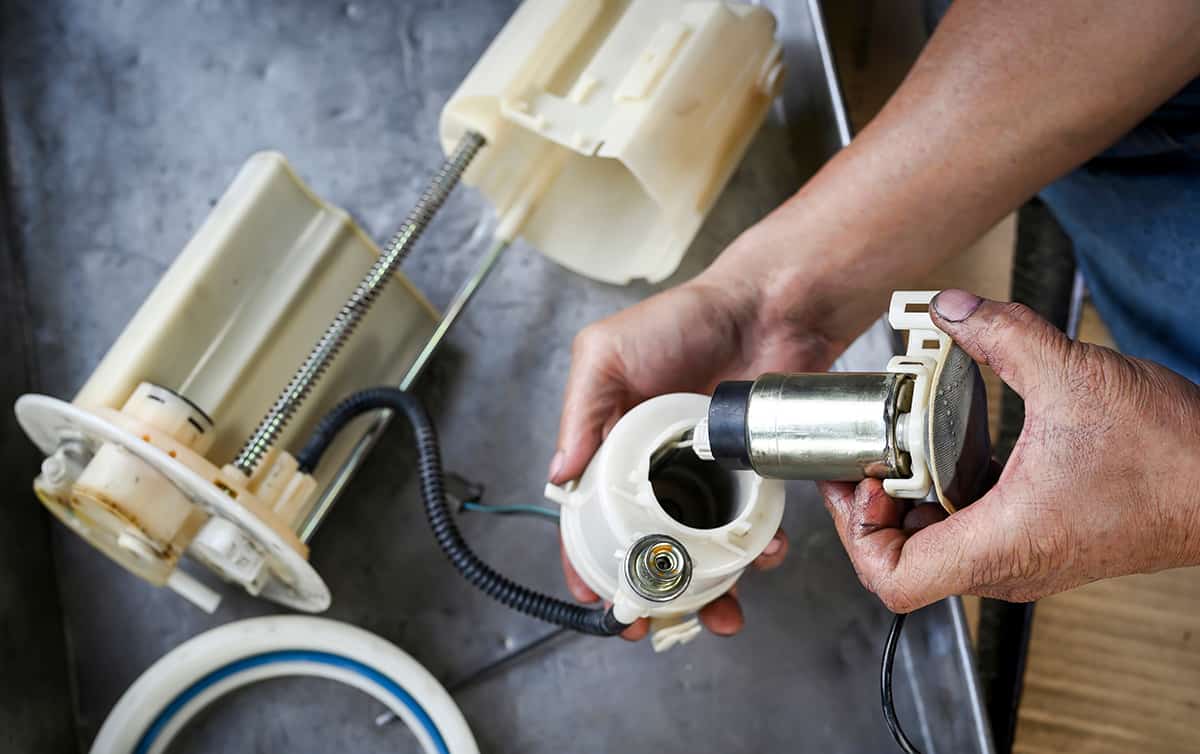
If you think your fuel pump might be having problems, there are some tests you can do to check. Remember, working with a fuel pump can be dangerous because of the pressure and the flammable gasoline.
1. The ‘Hear and Start’ Test
This is a simple test you can do without any special tools. When you turn the key to the “ON” position (without starting the engine), you should hear a humming or buzzing noise for a few seconds. This sound is the fuel pump pressurizing the fuel system. If you don’t hear this noise, it could mean the pump is not working.
2. The ‘Dead Head’ Pressure Test
This test measures the maximum pressure your fuel pump can produce and requires a fuel pressure gauge. It’s a bit more complicated, so have a professional do it. If the pressure reading is lower than what your car’s manual specifies, it’s a sign that your fuel pump could be failing.
3. The ‘Running’ Pressure Test
This test also requires a fuel pressure gauge and checks if your fuel pump can maintain proper pressure while the engine is running. Again, it’s best to have a professional do this test. If the pressure drops significantly when you rev the engine, your fuel pump might not be working correctly.
4. The Fuel Volume Test
This test checks if your fuel pump can deliver the right amount of fuel over time. You’ll need a container and a stopwatch for this. Be extremely careful if you decide to perform this test, as you’ll be dealing with gasoline, which is highly flammable. This test is best left to professionals. If the pump can’t deliver the right volume of fuel, it could be failing.
5. The Amp Draw Test
For this test, you’ll need an amp probe and a multimeter. This test checks the amount of current your fuel pump is drawing. If it’s too high, it means the pump is working harder than it should, which could indicate a problem.
Repair and Replacement of a Bad Fuel Pump
If tests show that your fuel pump is bad, it’s important to get it fixed or replaced. Let’s look at what that process might look like.
Repairing a Fuel Pump
In some cases, a fuel pump problem might be fixed by repairing it. However, it’s usually not as simple as fixing a flat tire. It involves working with the fuel system, which can be dangerous if not handled correctly. If a professional mechanic says that your fuel pump can be repaired, that’s great! Just make sure that the repairs are done safely.
Replacing a Fuel Pump
More often, a bad fuel pump will need to be replaced. Replacement involves removing the old pump and installing a new one. Here’s a simplified version of ChrisFix’s video tutorial on how to replace a fuel pump:
1. Preparations and Safety Precautions
Before starting, make sure you have a new fuel pump that’s made for your specific car model. You’ll also need various tools like wrenches, screwdrivers, and a jack. Be aware that you’re dealing with gasoline, which is highly flammable and dangerous. Always work in a well-ventilated area, away from open flames or sparks.
2. Relieve the Fuel System Pressure
To do this, you’ll usually need to start the car and then disconnect the fuel pump fuse or relay. The engine will stall, and the pressure will be relieved.
3. Remove the Fuel Pump
The location of the fuel pump depends on your car. It might be under the car, in the engine bay, or in the fuel tank. You’ll need to disconnect the fuel lines and electrical connections, then remove the pump.
4. Install the New Fuel Pump
Install the new pump, making sure to replace any gaskets or seals. Reconnect the fuel lines and electrical connections.
5. Test the New Fuel Pump
Before putting everything back together, start the car and check for leaks. If everything seems fine, put everything back together.
